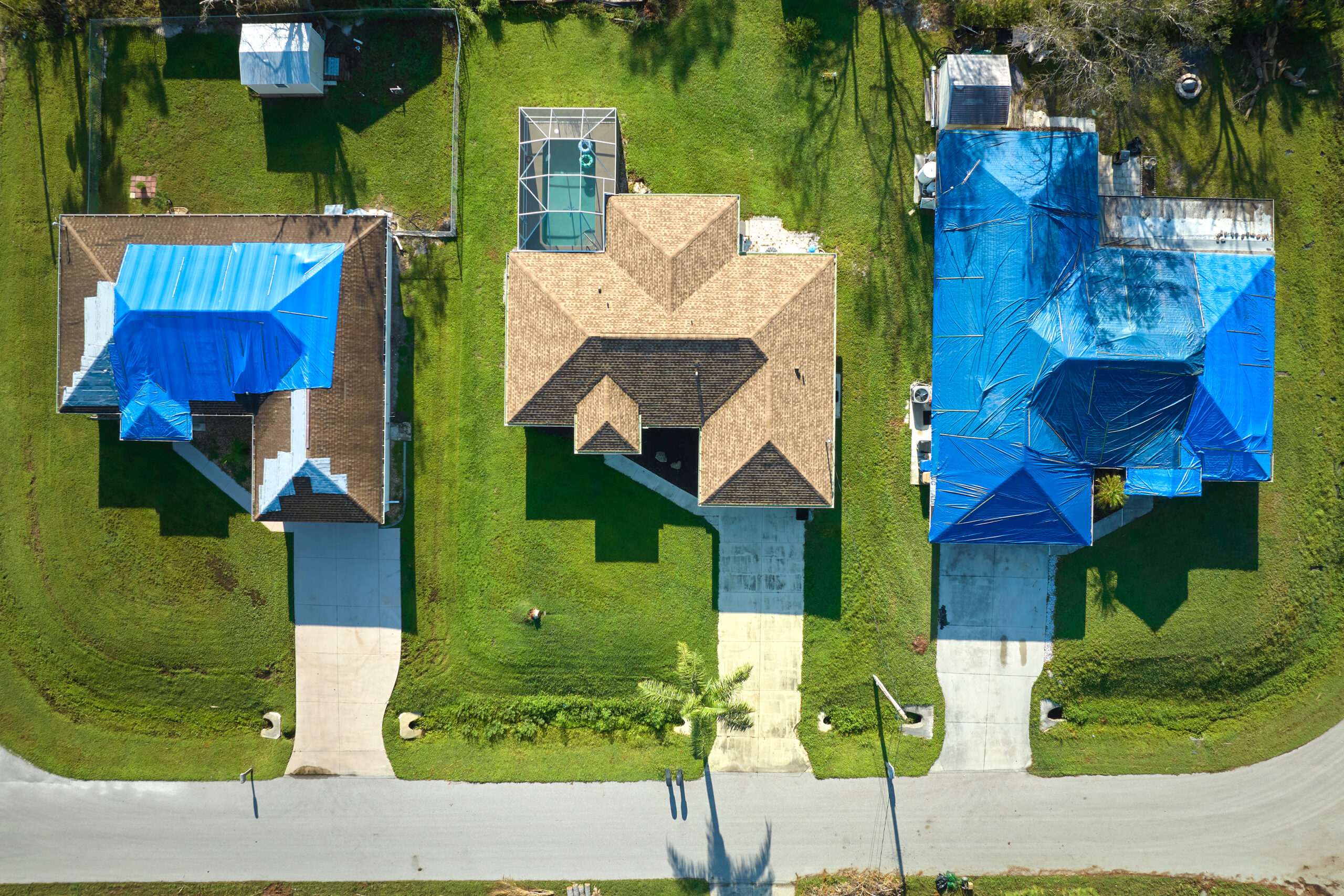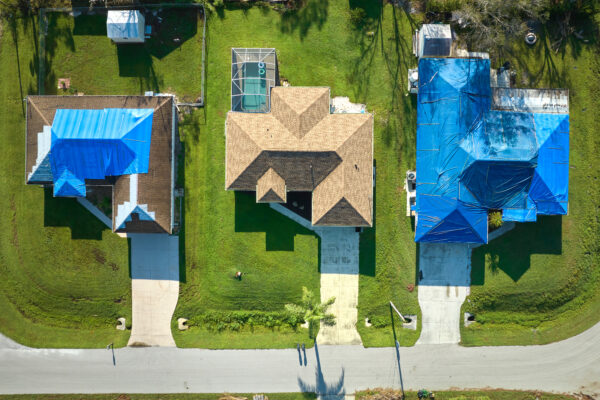
How AI-Based Property Intelligence Can Help Secure Better Reinsurance Terms in 2023
With 2023 reinsurance renewals underway, AI-based property intelligence could prove crucial to P&C insurers facing tighter terms and double-digit rate increases.
Hammered by record catastrophic losses, stubborn inflation, and a troubling investment environment, carriers need to look as attractive as possible to secure coverage from reinsurers. Facing reinsurance shortfalls, some carriers are scaling back capacity or abandoning high-risk markets completely. Others are increasing premiums to the point that some property owners may risk going without coverage.
It could also get a lot worse. Destructive heat waves, drought, flooding, and storms have sparked concerns about the price and availability of “insurance for insurers.” And that was before Hurricane Ian walloped the Southeastern US with insured losses of more than $65 billion this past September.
Worldwide, insured cat losses have topped $120 billion for the second year in a row. Thanks to the relentless rise in the frequency and severity of disaster-related claims, Fitch Ratings predicts reinsurance premiums will jump more than 10% in the year ahead. But that may be just the best-case scenario. According to Willis Towers Watson, reinsurance rates may spike as much as 40% worldwide. Insurers in Florida, Australia, and France could face the steepest price hikes.
For prospective cedants, reinsurance strategies focus on attaining the optimal risk profile to secure coverage and satisfy capital requirements for writing more business. Without that breathing room, they’ll have no way to expand capacity and spur growth. With that objective, the question becomes how? That’s where modern property intelligence comes in.
Putting an End to Uncertainty
According to Fitch, carriers can expect more onerous terms and conditions from reinsurers in 2023—including continued movement toward named perils coverage vs. all perils, higher insurer retention, and reduced limits.
Cedants will be under immense pressure to underpin underwriting decisions with better data and risk modeling—or else. As it stands now, the reinsurance sector is in danger of buckling from the strain. According to Swiss Re, traditional sources of reinsurance capital declined as much as 30% during the first three quarters of 2022. And continued macroeconomic volatility, inflation, increasing exposure to secondary perils, and climate change constrain capacity worldwide.
Nowhere is this more true than in Florida, of course. Hurricane Ian was the single largest event of the year, with estimated insured losses of up to $65 billion in a market already in crisis. On December 12, the Florida Legislature held a special session focusing on stabilizing the reinsurance market. It won’t be easy. As damaging as hurricanes are, they’re matched, if not exceeded, by lawsuit abuse. But it doesn’t need to be that way.
AI-based property intelligence providers can help on both fronts. In underwriting, they can help insurers understand and price risk accurately while avoiding bad bets altogether. Depending on the datasets involved, providers can deliver property scores based on attributes such as property lines, roof dimensions and condition, the presence of overhanging trees, swimming pools, yard debris, and other factors impacting risk, all within just seconds.

Predictive roof condition scoring alone makes these services a must—40% of insurance claims are related to storm damage to the roof. Today’s most robust options deliver up-to-date condition intelligence on virtually any property nationwide—including vulnerabilities to wildfire, wind, hail, and other perils—on-demand via API.
Top-tier providers even offer change detection data that tracks property condition changes over time. Among other things, this intelligence can identify fraudulent claims and aid in batching and triaging claims by severity.
By integrating this kind of intelligence into their workflows, carriers can make smarter coverage decisions across their books of business and in their treaty- and facultative-based risk transfer strategies.
Cutting Inflation Down to Size
If the dueling scourges of CAT losses and lawsuit abuse weren’t bad enough, there’s more. Today, inflation and soaring interest rates must also be factored into reinsurance strategies. As one or both of these pressures climb, so too does the value of each loss and associated payout.
Combined with base home values that have risen 60% over the past five years, higher labor and materials prices continue to drive up repair and replacement costs. Across entire neighborhoods or cities, a sudden spike in demand following a large-scale catastrophe further compounds this problem.
By leveraging computer vision, high-resolution aerial imagery, and a wide array of novel data sources, AI-powered property condition providers detect characteristics that impact risk and the potential knock-on effects from a large-scale catastrophe.
Carriers armed with this kind of high-fidelity understanding of property condition can factor potential rebuilding costs into their risk models—reducing exposure for themselves and their reinsurers while minimizing the need for rate increases.
Insurance for Insurers: Achieving a Reinsurance Edge
Solutions such as CAPE’s Home Insurance Property Intelligence provides a wide array of property details that can help cedants benchmark, manage, and enhance their portfolios to make them more attractive to reinsurers. Key property characteristics include:
- The presence of swimming pools, solar panels, accessory structures, or yard debris
- Granular details that underlying condition ratings—including tarp presence or material degradation
- Predictive insights to help carriers quote, underwrite, rate, and renew policies with improved loss ratios
- Regular, automated detection of property changes that can impact valuation and risk while surfacing fraud
- A wide array of these and other data points previously unavailable to insurers
What’s more, this objective, structured data is refreshed far more frequently than other property information sources and can be easily integrated into existing workflows. In a year when reinsurance will be tougher to come by, the carriers with the best property intelligence will have a serious competitive advantage.
Schedule a demo today to learn how the CAPE property intelligence can help P&C insurers make faster, smarter business decisions that give them an edge in a hardened reinsurance market.

